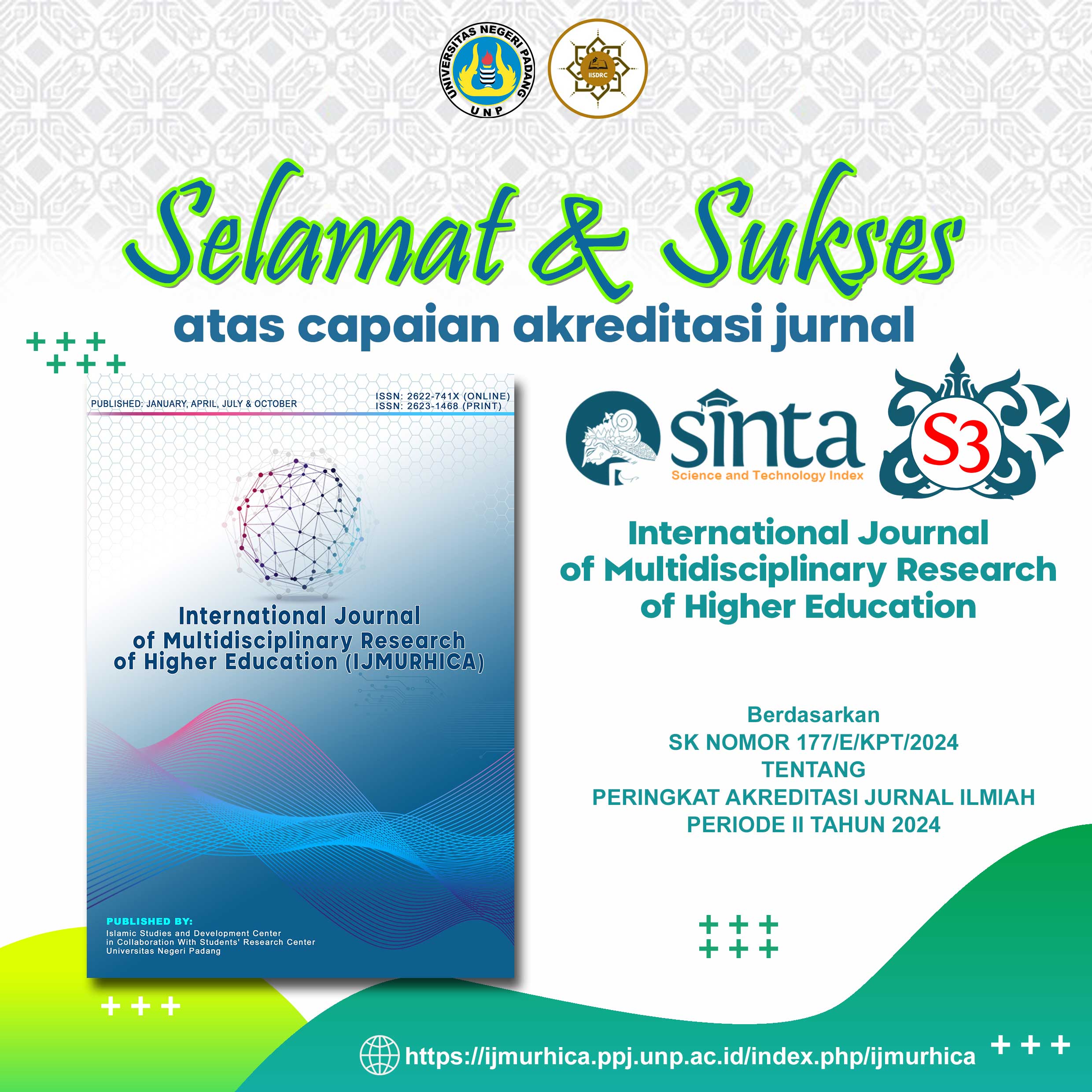Identification of Survival Strategy of Buton Ethnic Group in Ambon Island
DOI:
https://doi.org/10.24036/ijmurhica.v7i1.166Keywords:
Migration, butonese people, street children, social adaptationAbstract
As one of the countries that are considered developed on the island of Maluku. Ambon is a city included in the migration destination that is very much loved by the Butonese people. The Butonese people can carry out a good adaptation process with the indigenous people of Ambon so as to create socio-cultural harmony there. But behind this, there is another social problem that accompanies the migration, the problem is the emergence of street children in the city of Ambon, especially in Sirimau District. This study aims to reveal the factors that cause the emergence of this phenomenon, how negative the impact felt by the surrounding community on street children and the right solution to solve the problem of street children in the city of Ambon. This research uses qualitative methods with a phenomenological approach. All data were taken based on the results of in-depth interviews with two informants (indigenous Butonese people who migrated to the city of Ambon) who were selected using the Porpuse Sampling Technique and historical sources related to the history of migration of the Butonese people to the city of Ambon. All data was analyzed using the Miles and Huberman Technique and NVivo 12. Research findings show the complexity of the problem of street children in the city of Ambon. This is due to economic problems and lack of employment in the area of origin, which has an impact on social resilience in overseas countries.






